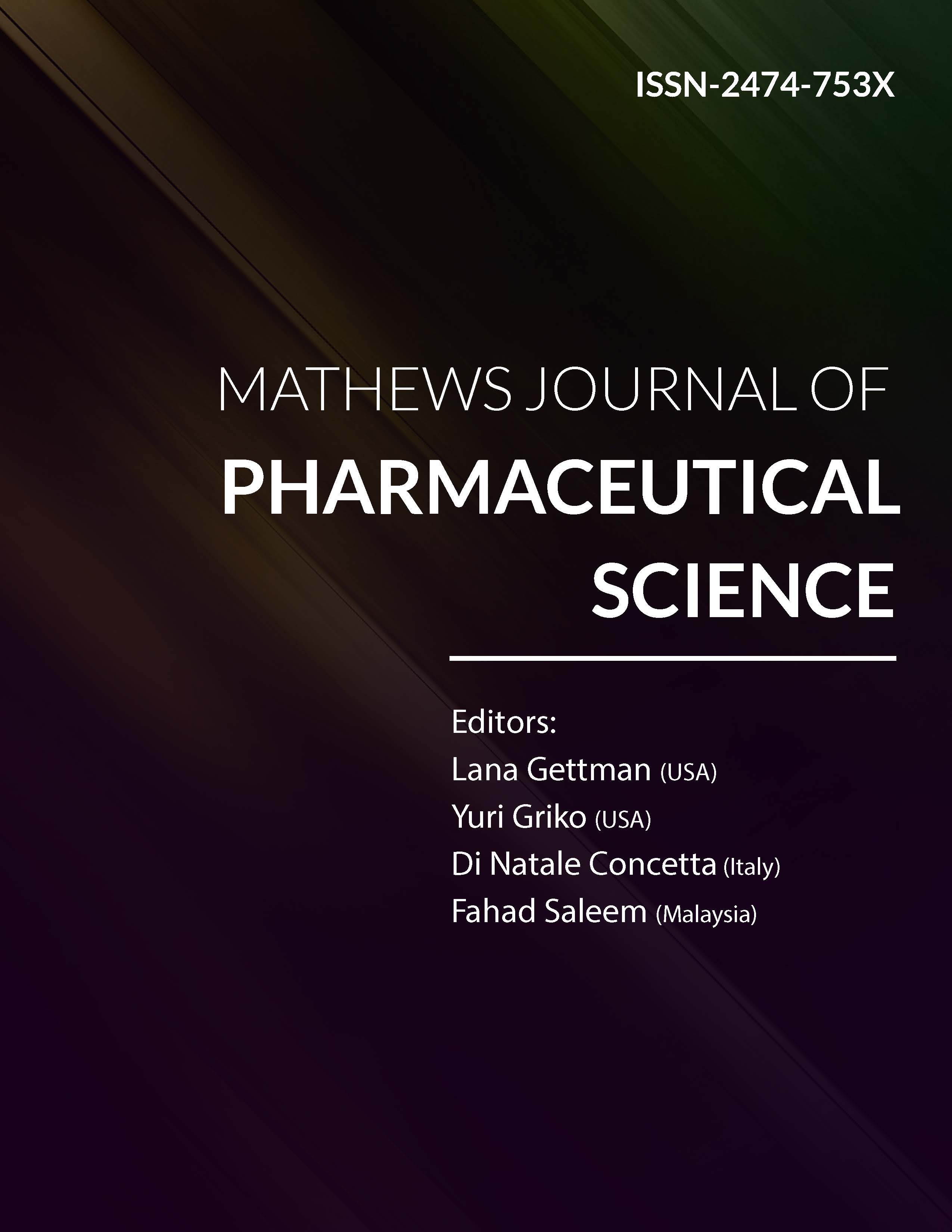
Information Links
Previous Issues Volume 7, Issue 4 - 2023
Investigating the Potential of Nilotinib and its Derivatives in Targeting Tau Protein Hyperphosphorylation for Alzheimer's Disease Treatment
Aria Hajihassan1, Atena Zandi1, Ghazal Esmaeili1, Mostafa Norizadeh2,3,*
1Department of Microbiology, Tehran Medical Sciences, Islamic Azad University, Tehran, Iran
2Department of Biotechnology, Faulty of Advanced Sciences and Technology, Tehran Medical Sciences, Islamic Azad University, Tehran, Iran
3Applied Biotechnology Research Center, Tehran Medical Sciences, Islamic Azad University, Tehran, Iran
*Corresponding author: Mostafa Norizadeh, Department of Biotechnology, Faulty of Advanced Sciences and Technology, Tehran Medical Sciences, Islamic Azad University, Tehran, Iran, Tel: +905372891027, E-mail: [email protected]
Received Date: November 27, 2023
Published Date: December 11, 2023
Citation: Hajihassan A, et al. (2023). Investigating the Potential of Nilotinib and its Derivatives in Targeting Tau Protein Hyperphosphorylation for Alzheimer's Disease Treatment. Mathews J Pharma Sci. 7(4):25.
Copyrights: Hajihassan A, et al. © (2023).
ABSTRACT
Alzheimer's disease, a progressive neurological disorder, significantly impacts cognitive function, memory, and behavior. Its pathogenesis is complex, involving genetic, environmental, and lifestyle factors. The tau protein, essential for axonal structure stability, is implicated in Alzheimer's disease through its role in neurofilament tangle formation. This study was aimed to investigate Nilotinib, as a tau hyperphosphorylation inhibitor, which has been demonstrated promise in treating neurodegenerative diseases, including Alzheimer’s disease, Parkinson's disease, and dementia with Lewy bodies. Tau protein structure was enhanced and molecular dynamics simulations were conducted—subsequent steps involved energy minimization and converting Nilotinib into five distinct ligands, assessing their 3D structures. To assess these ligands' interaction with the tau protein, the toxicity prediction and used site-specific molecular docking were checked. The optimal 3D structures of ligands were identified and validated for similarity to the primary macromolecule, ensuring accuracy. Docking results indicated vital binding energy and affinity of the designed ligands to the tau protein. Additionally, toxicity evaluations revealed minimal adverse effects, suggesting safety for further exploration. Preliminary findings suggest that Nilotinib and its derivatives could target tau protein hyper phosphorylation sites effectively. These results highlight the potential of Nilotinib as a therapeutic agent for treating Alzheimer's disease. However, further research is necessary to confirm these findings and evaluate the clinical applicability of Nilotinib in Alzheimer's disease treatment.
Keywords: Alzheimer, Tau, Nilotinib, Docking, Hyperphosphorylation.